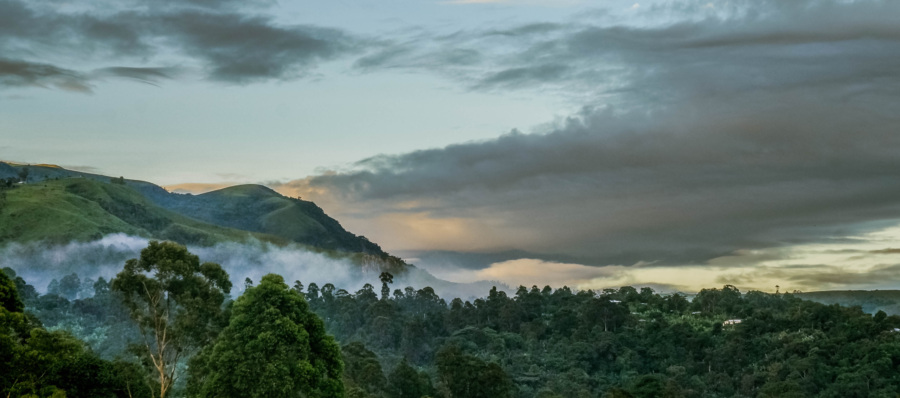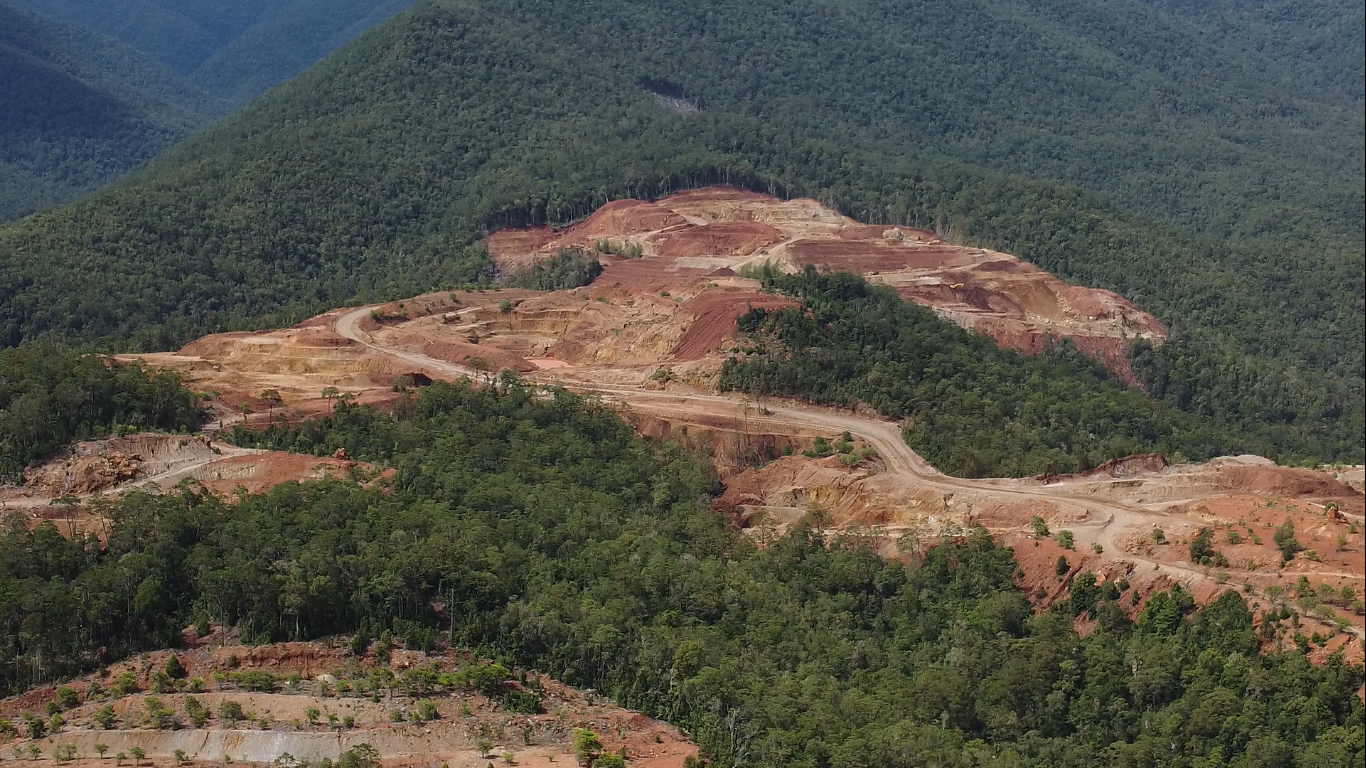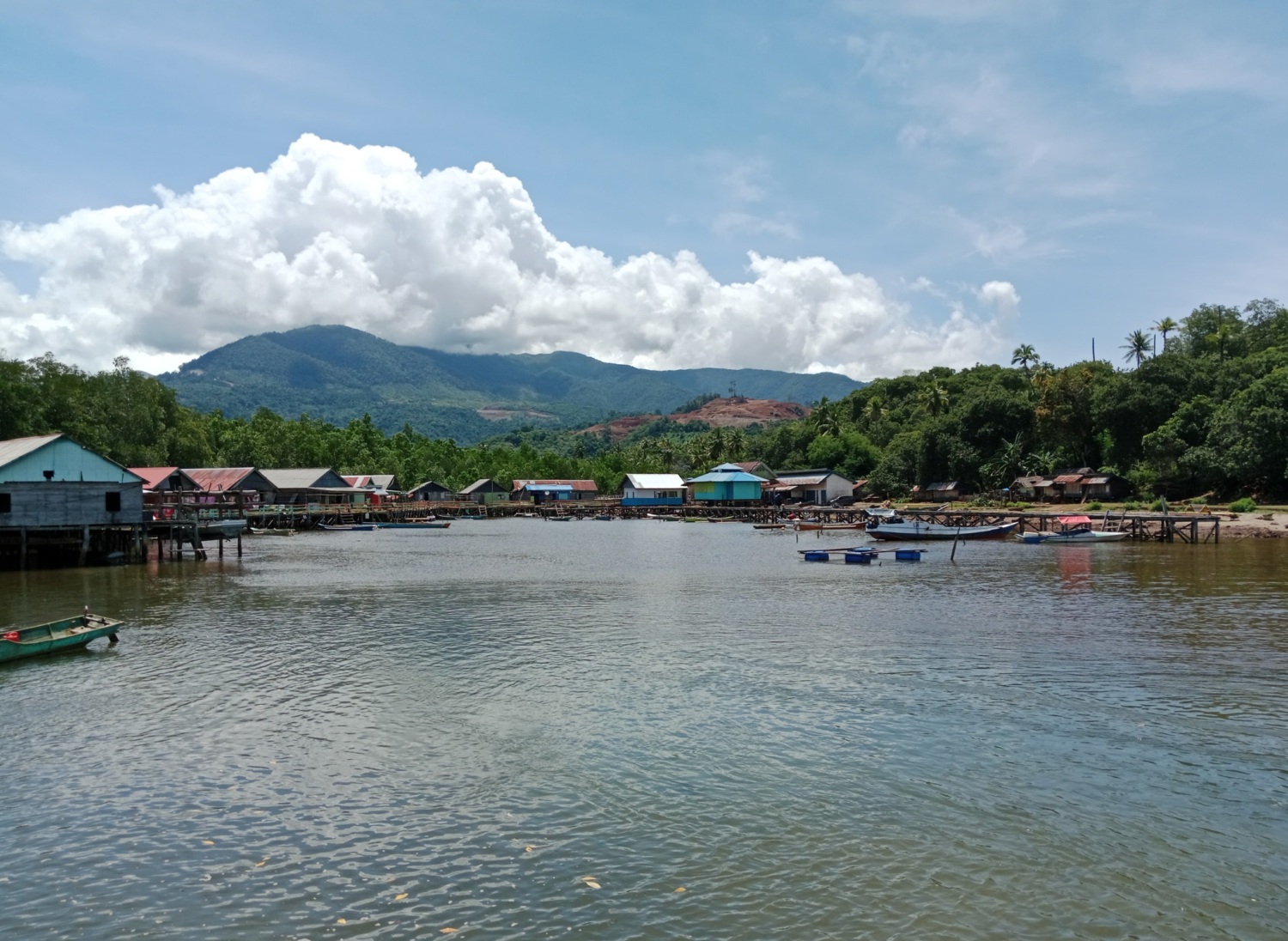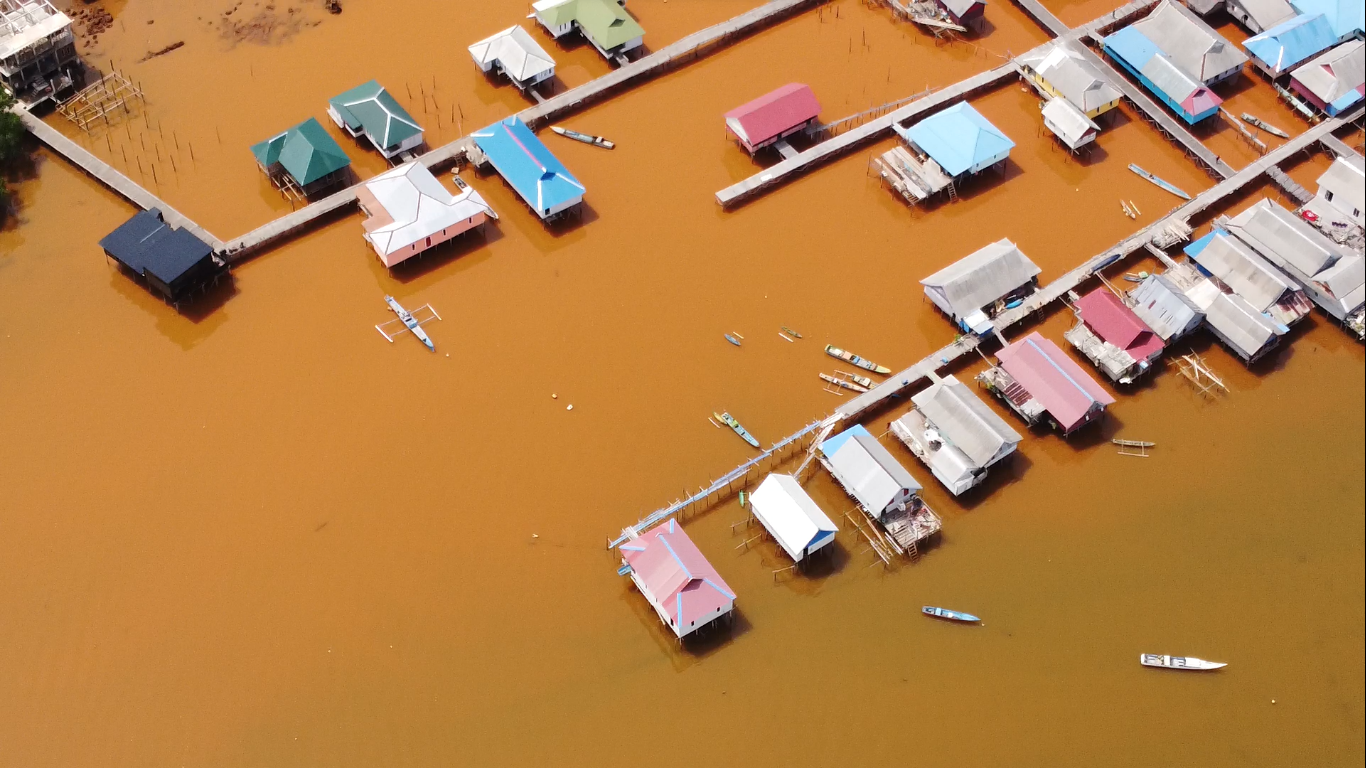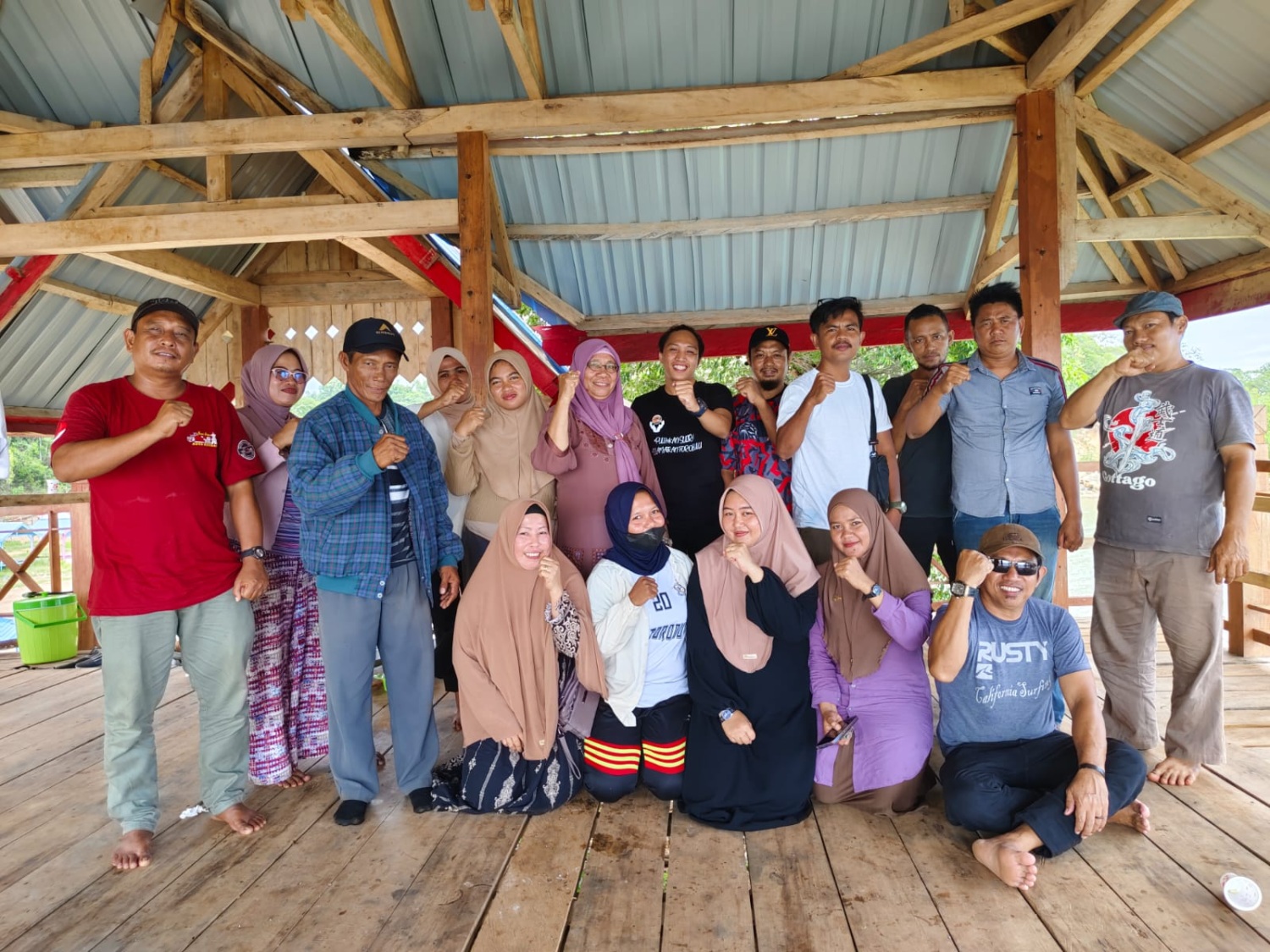
Transition Minerals
Join Our Mailing List
FINDING CLIMATE SOLUTIONS
Electric vehicles and clean energy are vital to the transition away from fossil fuels. EVs reduce air pollution and are more efficient than cars that run on gasoline. As we green the rest of the electric grid, the climate benefits of EVs increase.
Companies in many cases are responding to increased demand for minerals like nickel, bauxite, and cobalt by destroying native ecosystems to access them and ramping up coal use for processing. The climate impact from these changes is substantial. If left unaddressed, they can undermine many of the enormous climate benefits of the shifts of EVs and clean energy.
Our Goals:
- Reduce absolute emissions from transition mineral supply chains in line with a net-zero 2050 path.
- Push industry to adopt and implement deforestation-free mining practices and improved waste management practices, leading to a substantial reduction in environmental impact.
- Avoid mining for transition minerals in critical ecosystems like Key Biodiversity Areas and protected areas as well as High Carbon Stock forests; shift focus to mine on degraded land and mitigate any previous deforestation through conservation and restoration.
- Protect indigenous and local community land rights.
- Encourage battery manufacturers and EV companies to collaborate to promote research and development of sustainable battery technologies, reducing the carbon cost and deforestation footprint associated with battery minerals.
-
76,301
Hectares of forest destroyed for nickel mining, with 500,000 more under threat
-
82%
of direct mining-related deforestation takes place in 10 countries
-
10%
of global GHG emissions come from mineral and metal production
-
5GW
coal capacity of Moraawali Industrial Park alone
TRANSITION MINERALS DRIVING DEFORESTATION
Unfortunately, some of the world’s most climate-critical and biodiverse forests are in areas targeted for mining for battery minerals. This is particularly true in Indonesia, which has seen a huge buildout of captive coal plants and where demand for nickel has already led to widespread deforestation as pristine biodiverse forests are cleared to make way for mining — and this demand will only grow.
Demand for minerals is also soaring Guinea, West Africa, which holds the world’s biggest deposits of bauxite, a precursor to aluminum and combined with steel, makes up car bodies. Guinea is home the critically endangered western chimpanzee, further threatened by expanded mining operations. Guinea has ramped up production to become the biggest exporter of bauxite to China, where much of the world’s aluminum is refined by coal power.
Forests and key species aren’t the only ones under threat – communities and people have long suffered due to human rights abuses in the mining sector. In the Democratic Republic of Congo, where most of the world’s cobalt is mined, conditions for workers are considered modern-day slavery.
Mighty Earth is working to prevent further deforestation, biodiversity loss, and water pollution caused by mining operations, which threatens the livelihoods of local communities.
CLIMATE IMPACT
Mining and metals are responsible for an estimated 10% of all global emissions, according to the International Finance Corporation. In other words, mining emissions today are equal to the entire global net zero carbon budget for 2050. At the same time, demand for many minerals is projected to increase in the transition to a low carbon economy because of their importance for EVs and clean energy sources. For vehicles, for instance, the material supply chain emissions of a battery EV is 35% to 50% higher than an internal combustion engine vehicle due to the transition minerals required for the battery. Even as mineral use grows, mining value chains will need to reduce absolute emissions by 90% from 2020.
Achieving this goal will require substantial action by the private sector and governments to change production models. Indonesia, for instance, is the source of about half of all nickel used in EV batteries, with the share projected to grow to three-quarters by 2029. The government of Indonesia has bet big on nickel and EVs — establishing bans on nickel ore exports to help develop the domestic industry, cultivating cozy relationships with automakers, and enacting generous incentives to encourage the purchase of EVs. Much of this nickel is processed with coal, driving a huge build-out of up to 14 new captive coal plants at three major facilities.
The stakes for climate are enormous: a single smelting facility in Sulawesi is installing coal- burning capacity equal to that of Mexico or Bangladesh. This captive coal build-out for nickel is responsible for a significant share of Indonesia’s ongoing overall expansion of its coal use: the country burned a whopping one-third more coal in 2023 than the year before and is continuing to build new coal-fired power plants. Indonesia’s growing reliance on captive coal plants cements its position among the world’s top ten greenhouse gas emitters. Defying the decarbonization trend in much of the rest of the world, the country is increasing the proportion of coal it is burning relative to renewables.
DEFORESTATION
Rising demand for nickel has fueled extensive deforestation that threatens some of the most climate-critical and biodiverse forests in the world, as well as local communities. In Indonesia, for example, Mighty Earth investigated 329 Indonesian nickel mining concessions, i.e areas allocated by the government to companies to exploit, across Indonesia and found that close to 80,000 hectares of forest have already been cleared to extract nickel ore. This is likely an underestimate. Worryingly, more than half a million additional hectares of Indonesian nickel concessions that are still forested, but not yet cleared, are under threat.
The deforestation could cause climate emissions of up to 250 million tonnes on top of the emissions linked to coal. Although the annual deforestation level for nickel is currently lower than that from palm oil or pulp and paper, it is growing at a tremendous pace. Recent estimates forecast a more than doubling of the land area occupied by the nickel mining industry by 2026. We are already seeing this forecast play out: in 2023, Mighty Earth found that forest loss within Indonesian nickel concessions nearly doubled compared with 2021.
This destruction is largely avoidable: Mighty Earth’s analysis shows that companies can channel mining onto previously deforested and other degraded land.
Beyond protecting forests, the nickel industry must avoid further harm to communities, like water contamination, air pollution, and disrupted livelihoods in Indonesia. Companies and governments should commit to implement Free, Prior and Informed Consent (FPIC) of Indigenous peoples and local communities.
There are also deforestation footprints for some, though not all, other minerals. In Guinea, mining for bauxite, the precursor to aluminum, has destroyed extensive forest, helping push the population of chimpanzees in the Boké region to an estimated 53,000 down from 153,000 in 1990. Other investigations have also found bauxite coming from the Amazon rainforest, polluting communities and making it into auto supply chains. Demand for aluminum in the auto industry alone is expected to double by 2050. Similarly, the IFC projects copper emissions from land use change will triple by 2050 – matching the projected rise in energy-related emissions from copper mining and processing.
The Solutions:
Our goal is to deploy Mighty Earth’s “perfect storm” approach to create the consumer demand and political will necessary to ensure a rapid transition to truly clean EVs. The good news is that there are many well-understood opportunities to substantially reduce the footprint for transition minerals, and well-developed pathways for deploying them:
- Smelting and processing facilities can boost their efficiency and lower their emissions by using improved technology and clean energy like green hydrogen.
- Mineral reuse and recycling can be significantly boosted.
- Requiring traceability and transparency throughout mineral supply chains so that customers know the origin of the metals they buy and companies can be held accountable for any environmental and social harms.
- Newer technologies, such as sodium-ion batteries, avoid the need for transition minerals altogether, and could be deployed more widely over time.
- Impact on forests and wildlife can be mitigated (the conventional approach to mining-related environmental risk), but also largely avoided by concentrating development on degraded lands.
NICKEL AND ELECTRIC VEHICLES
EVs will help stop the worst of the climate crisis – if we can find a better way to build them. But sourcing minerals that are needed to run EVs in a responsible manner has proven to be a challenge as we discuss in our From Forests to Electric Vehicles report.
Read the Report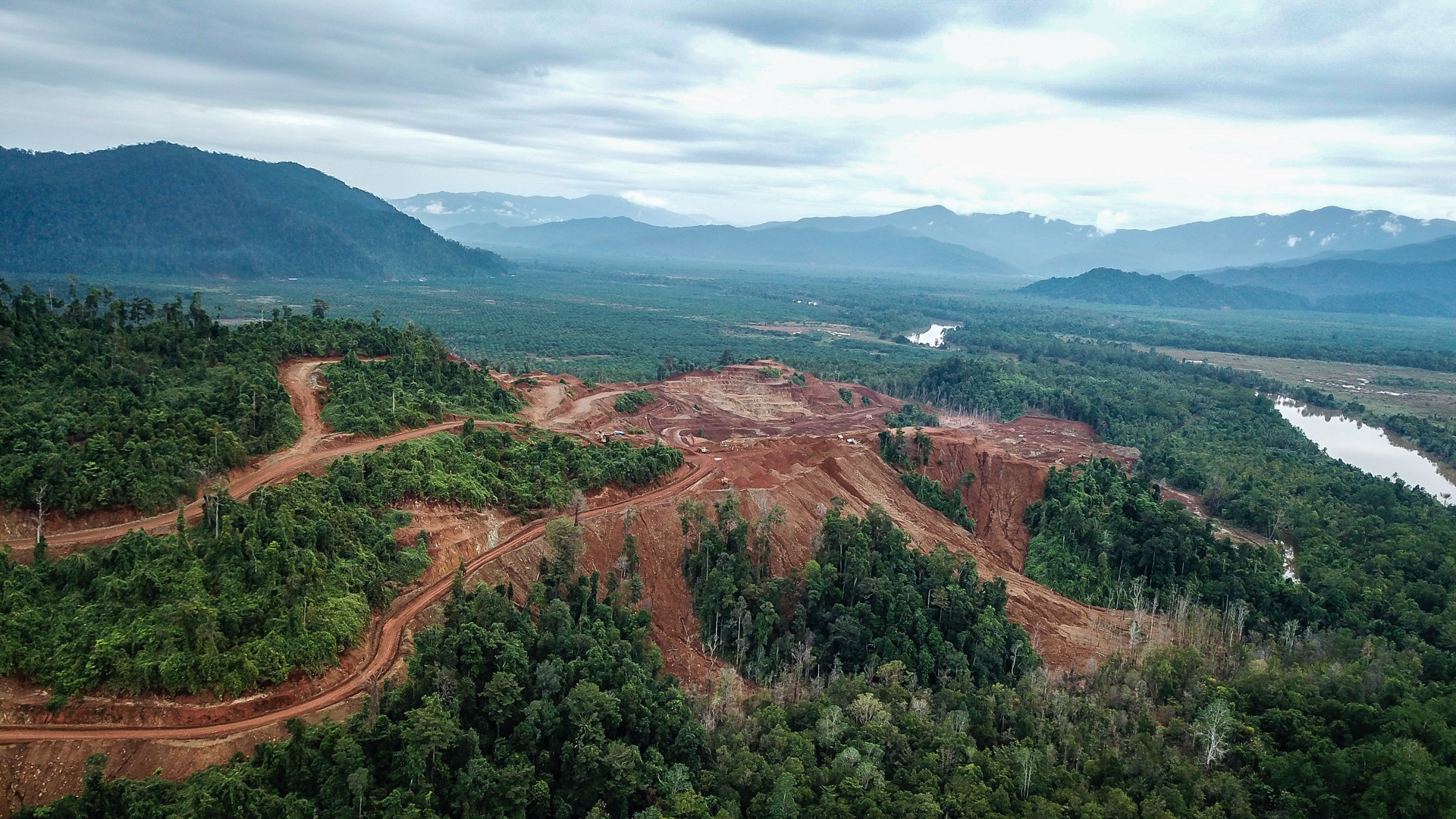
KABAENA ISLAND
Mighty Earth testified before USTR on the profound impact of nickel mining on the Bajau people, who rely on the sea for their livelihood.
Read our testimony
Related Topics
Related News

Bauxite Boom: Mighty Earth urges producing countries to commit to responsible mining for people and planet




